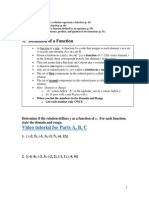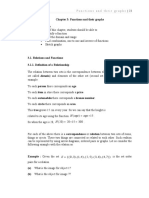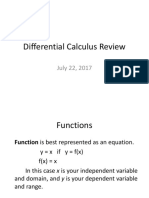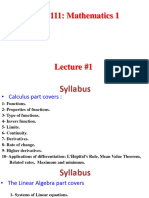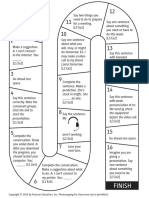0% found this document useful (0 votes)
16 views69 pagesFunctions
The document discusses the concept of functions, illustrating how one quantity can depend on another through various examples, such as the area of a circle and population growth. It explains key terms like domain, range, independent and dependent variables, and introduces methods for representing functions, including graphs and piecewise-defined functions. Additionally, it covers the vertical line test for determining if a curve represents a function and provides examples of specific functions and their properties.
Uploaded by
syedibrahimshsCopyright
© © All Rights Reserved
We take content rights seriously. If you suspect this is your content, claim it here.
Available Formats
Download as PDF, TXT or read online on Scribd
0% found this document useful (0 votes)
16 views69 pagesFunctions
The document discusses the concept of functions, illustrating how one quantity can depend on another through various examples, such as the area of a circle and population growth. It explains key terms like domain, range, independent and dependent variables, and introduces methods for representing functions, including graphs and piecewise-defined functions. Additionally, it covers the vertical line test for determining if a curve represents a function and provides examples of specific functions and their properties.
Uploaded by
syedibrahimshsCopyright
© © All Rights Reserved
We take content rights seriously. If you suspect this is your content, claim it here.
Available Formats
Download as PDF, TXT or read online on Scribd
/ 69






























